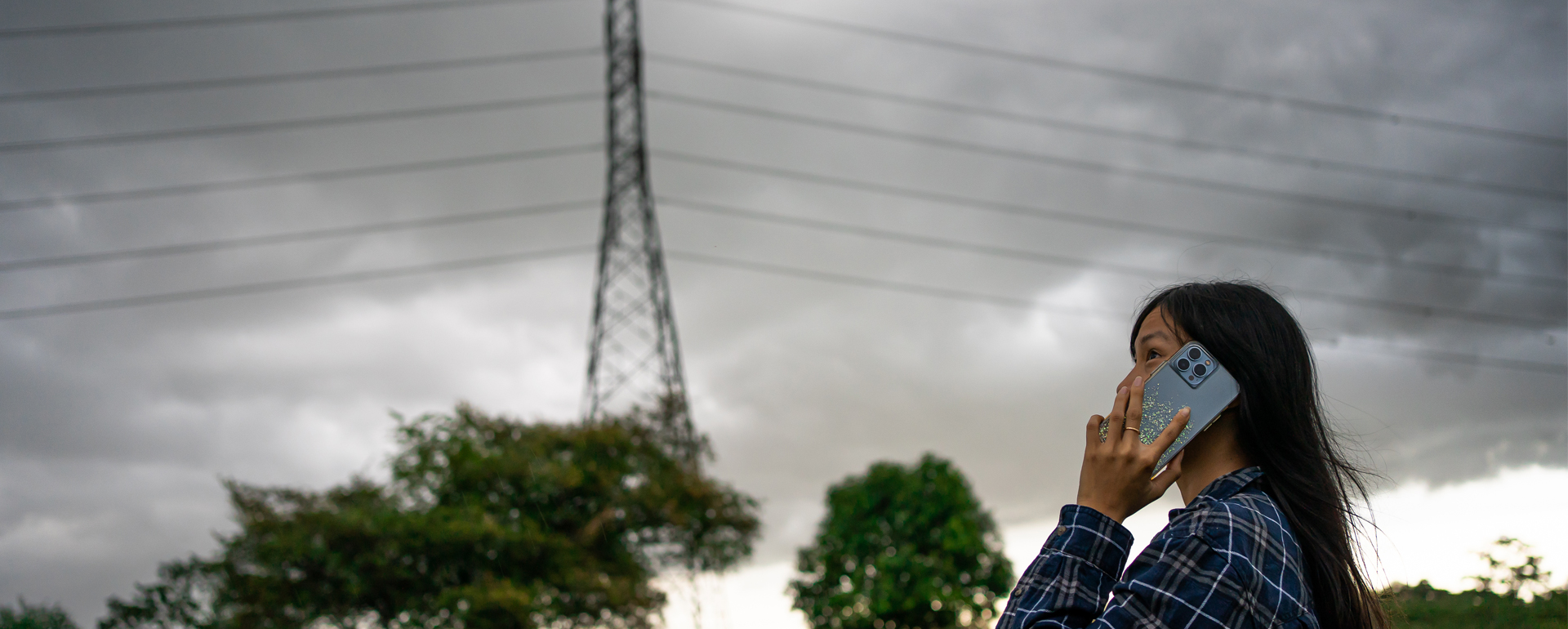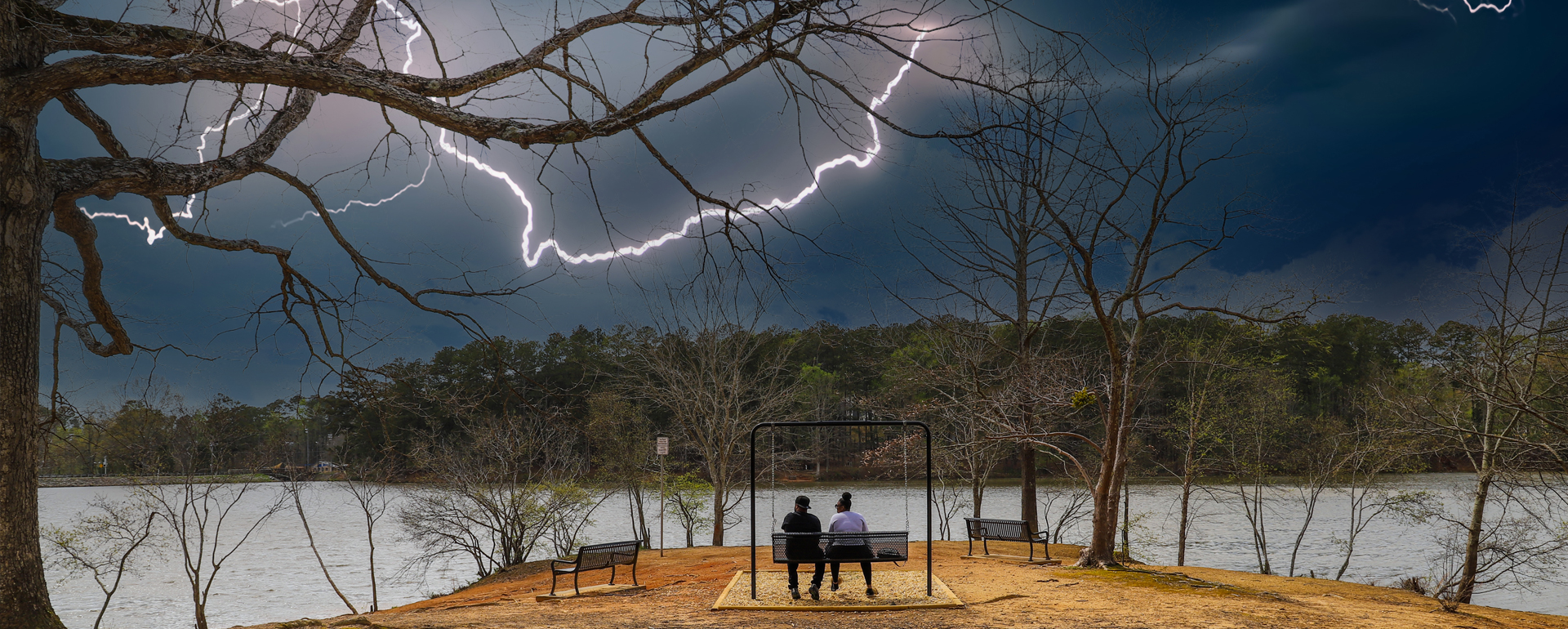
Decalogue of safe individual behaviour to protect oneself from thunderstorms
Lightning is a very dangerous phenomenon, especially in open spaces. People outdoors are more exposed to the risk of being struck by lightning, which can have serious consequences and even cause death. Knowing this decalogue of safe individual behaviour can save many lives.
Most accidents resulting from thunderstorms occur outdoors. For example, on beaches, in the mountains, in forests, at sports competitions, at open-air concerts, in agriculture, livestock and mining work, and so on and so forth. Accidents caused by lightning can be easily prevented by following a series of elementary actions that protect against thunderstorms.
SALWO is an educational foundation born out of the need to educate the general public. The world’s population has little or no official, truthful and contrasted information about how to behave in the event of thunderstorms. For this reason, we collaborate with the institutions involved, developing digital resources. The material is aimed at various sectors such as the academic sector, segmented by age; outdoor work in different areas of work, press, etc.
In this article, we summarise the basic individual safety measures measures in a decalogue, which we share below.
Decalogue of individual safe behaviour when exposed to lightning strikes
- Know the warning signs. These include observing lightning, hearing thunder, electrical system failure (blackouts), the formation or approach of storm clouds, bristling hair or corona discharges on sharp or prominent objects. Bristling hair means that electrical charge build-up is occurring in the environment. Corona discharges, on the other hand, occur when the electric field is very strong. These discharges can be heard or even observed on objects. Both hair bristling and corona discharges are situations of imminent high risk. Therefore, they require the quickest possible action to seek protection.
- Take shelter, preferably in a building in the vicinity. If you are in the vicinity, it is preferable to take shelter in a building protected by a lightning rod.
- If there are no buildings in the immediate vicinity, a closed vehicle can serve as protection. However, doors and windows must be completely closed.
- If you do not have a vehicle either, and if you are at a higher height than usual, it is necessary to get down to ground level. This is the case if you are riding a horse or working on a platform or scaffolding. In addition, you should move away from the elevated structure.
- In general, always distance yourself from tall, pointed elements. For example, from trees, poles, umbrellas, towers, etc.
- Avoid holding long objects. These include golf clubs, fishing rods, selfie sticks, etc.
- Adopt the safety posture: lower your height as much as possible and bring your feet together to reduce the effect of current dispersion on the ground. In other words, squat down with your feet fully together.
- If there are several people on the scene, they should be positioned at least 1 metre apart and preferably 3 metres from each other.
- Get out of the water immediately if swimming.
- Stop fishing or any other activity on a boat. Adopt the safety posture: squat down with your feet together, the further inboard the better; and avoid touching the rigging or other metal items.
You can contact SALWO at the following link to request more information and to collaborate in the development and translation of the digital material into the languages of your region.
References
International Electrotechnical Commission. IEC/TR 62713:2013. https://webstore.iec.ch/publication/7387 (2013)

